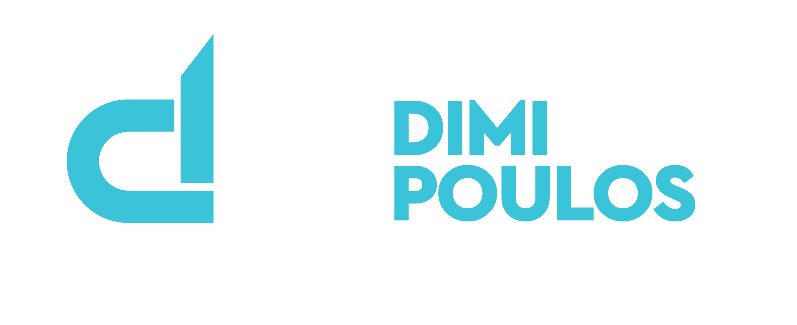The 3 Positions in the Clean Pull
The most common positions in the clean pull are from the ground, below the knee and above the knee. Each position can be worked together in complexes (a series of movements performed in a sequence that progress in a particular order).
For example, a 3 position clean can flow in the order of:
- Hang clean from above the knee.
- Hang clean below the knee.
- Clean from the floor.
The sequence is completed without dropping the weight after each rep, but instead executed consecutively.
Or, each pull position can be trained on its own to target specific deficiencies in a lift.
1. ABOVE THE KNEE CLEAN PULL POSITION
Any hang position above the knee during a clean pull is where explosive power is needed.
MID-THIGH HANG
This is where the second clean pull comes into play, proceeding the first. This position is all about extension and a great movement to develop power and rate of force development.
The advantages of working the mid-thigh hang include:
- Finishing of the pull — a common problem if the technique isn’t there.
- Development of power and speed — essential to accelerate the bar higher into the pull.
- Reducing early arm bend.
HIGH HANG
This takes on a more upright position and becomes more about speed not just in the extension phase of the lift, but also in the transition.
The benefits of working the high hang position are that it requires a great deal of aggression, and isn’t overly taxing on the legs. As in, the lifter can still train heavy, without overloading on high percentages. This can help manage fatigue at different phases in a training cycle, while still maintaining intensity.
Above the knee clean pulls are an ideal tool to develop power and promote rapid hip extension. They are a great way to introduce a lifter to cleans, as they take out some early issues that can arise from improper first pull patterns. Also, they help reduce the development of poor habits such as early arm bend and incorrect not finishing the top of the pull.
2. BELOW THE KNEE CLEAN PULL POSITION
Below the knee pull positions are easier to go heavier on than above the knee because the momentum from the first pull is in play.
The pluses of below the knee cleans are, that they:
- Help with the transition from first to second pull. This is important for lifters who hit their knees or pull them back too far during the lift.
- Reinforce correct posture.
- Strengthens posterior chain.
Similarly to above the knee, this position also works power and rate of force development. However, it has the added benefit of being able to lift more weight and target movement patterns further down the chain, such as the transition from first to second pull.
3. CLEAN PULL FROM THE FLOOR
When performing the clean from the floor, an incorrect pattern from the initiation of the lift can throw the entire movement off. The first pull is critical, as it sets the tone for the rest of the lift.
Clean pull benefits working from the ground include:
- Gaining in both strength and power.
- Improving athletic performance.
- Performing proper competition lifts.
Pulling from the ground requires force production to occur through the entire chain, making it an immense tool in the development of overall athletic ability. Even though a competitive weightlifter must practice their full cleans from the ground for the sport, it doesn’t mean they can’t use other hang variations to target specific deficiencies in the lift.
With consideration to athletes in different sports using weightlifting movements for athletic development, all clean pull positions have their place. Depending on the technique and training cycle phase, whichever clean version gives the desired training stimulus is the one that should be chosen.
Conclusion
All three clean pull positions are crucial, and if employed correctly, will progress an athletes development.
Whether they’re used to target deficiencies at a particular point in a lift or to accompany a particular phase in a training cycle; early identification and proper technique will achieve the desired stimulus.

